Cast-iron cookware is beloved by both professional and hobbyist chefs alike. Its exceptional heat conductivity and retention enable remarkably even cooking and roasting, while its natural non-stick coating simplifies both preparation and cleaning.
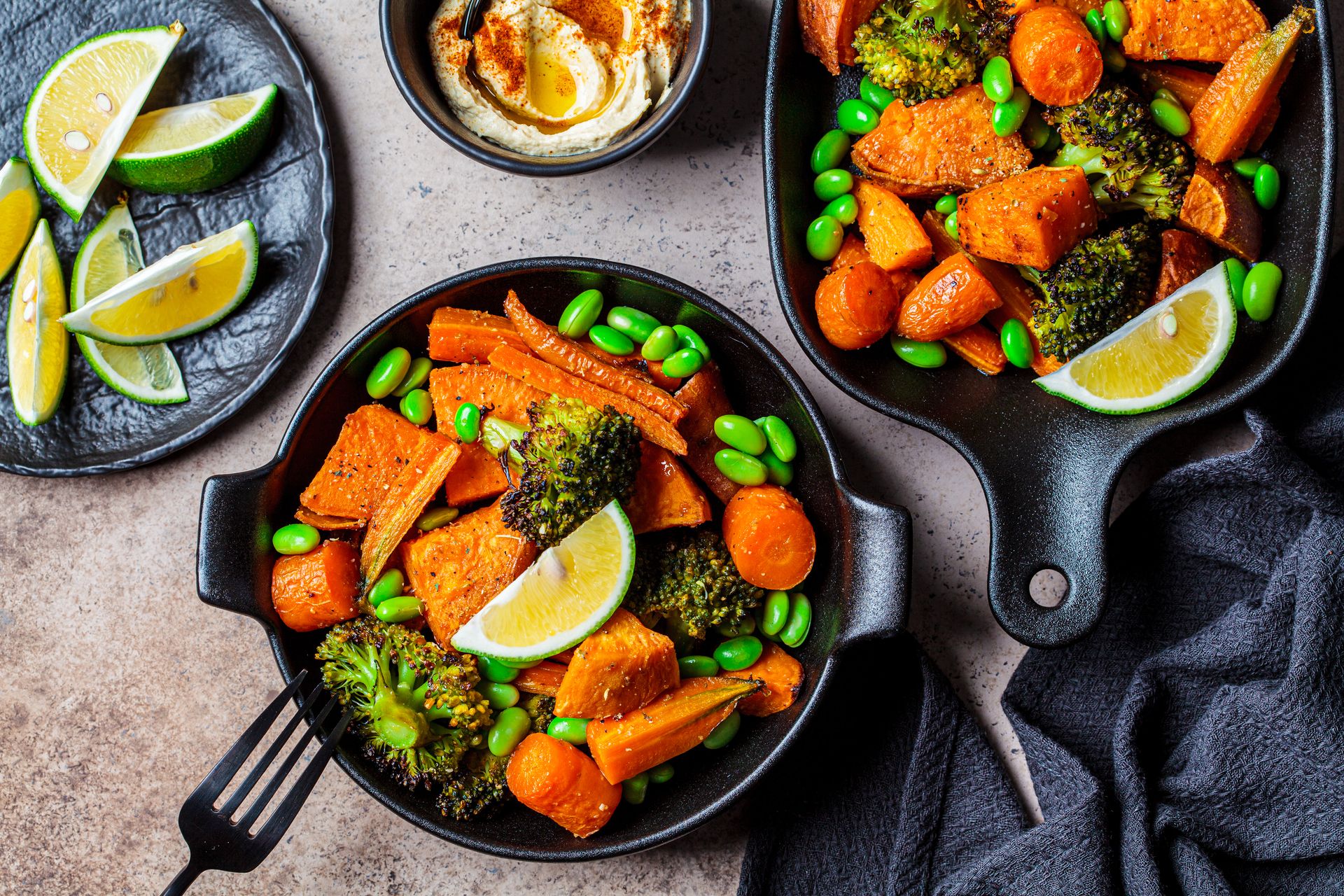
Cast-iron cookware is beloved by both professional and hobbyist chefs alike. Its exceptional heat conductivity and retention enable remarkably even cooking and roasting, while its natural non-stick coating simplifies both preparation and cleaning.
Utensils made of cast iron are also extremely durable and will last a lifetime with proper care. In the following, we’ll cover the advantages of cast-iron cookware, how to care for and season cast iron, and share some top tips on which cast iron cookware is best suited for which dishes.
The pros and cons of cast iron cookware
Cast iron cookware has several advantages, but also some disadvantages. Let’s get into it!
The benefits of cast iron in the kitchen:
- Excellent thermal conductivity and storage: Cast iron has excellent thermal conductivity and is also a good heat accumulator. This means that it evenly distributes and retains heat over the entire surface of the cookware. This is the prerequisite for cooking and frying food evenly.
- High temperatures: Cast iron is also able to withstand high temperatures, which makes it ideal for frying, grilling and stewing – even over an open fire.
- Longevity: Cast iron cookware is very sturdy and durable. If show it the love it deserves, it will last you a lifetime.
- Versatility: Cast iron cookware is versatile and suitable for a variety of cooking methods: frying, stewing, grilling or baking. You can also use cast iron pots and pans various types of stoves, including gas, electric, induction or even over an open fire.
- Naturally non-stick: If you properly season and care for cast iron, the material will form a natural non-stick coating. This facilitates the preparation of delicate foods and the subsequent cleaning.
- Health benefits: Cast iron is a natural material which contains no harmful chemicals, unlike coated aluminium cookware. Studies also suggest that the use of cast iron cookware may increase the iron content in food – a real bonus for people with iron deficiency or anemia.
The downsides to cast iron cookware:
- Heavy: Cast iron cookware is hefty, so it can be tiring to handle – especially when filled.
- Slow to heat: Due to its high density, cast iron takes longer to heat than other types of cookware.
- Sensitive to temperature fluctuations: Cast iron is sensitive to extreme temperature changes, such as when you transfer the cookware directly from a hot stove to cold water.
- Acidic foods: Ingredients with a high acidity – such as tomato sauce or vinegar – may affect cast-iron dishes and their patina.
- Rust: If you don’t take care of your cast-iron cookware, it may rust. We’ll discuss the proper care of cast iron cookware below.
Overall, cast iron pots and pans are an excellent choice for those looking for a sturdy, versatile and durable cookware with a natural non-stick coating and offers health benefits. Looking for lighter kitchenware? Then check out the benefits of different types of pans for your home or restaurant.
What types of cast iron cookware are there?
There are several types of cast iron cookware – depending on the shape and purpose. Here are some of the most common:
- Cast iron pans: A cast iron frying pan often has a flat bottom shape and a beveled side to make it easier to turn and remove the food. They are excellent for frying steaks, vegetables, and other delights.
- Grill pans: You can recognise the cast iron pan for grilling by the ribbed surface which gives you those mouthwatering dark stripes. They are great for grilling steaks, chicken, fish and vegetables.
- Dutch oven: Cast-iron Dutch ovens are large, deep pots with a heavy lid that provide excellent heat storage. They are ideal for stewing meat, baking bread or cooking soups and stews over an open fire.
- Crêpe maker: Crêpe makers are electrical appliances with a round, flat heating surface. Cast iron surfaces makes it easier to make thin crêpes. They are also suitable for pancakes, omelets and other flat dishes.
- Wok: Cast iron woks have a curved shape and a small, flat bottom surface, which allows for rapid and uniform heating. They are ideal for frying vegetables, meat, and rice at the same time.
- Braiser: A cast iron braiser often has a round or oval shape and a tight-fitting lid to trap moisture and flavours inside. Braisers are excellent for braising meat, vegetables, or making stews. You can also use cast iron braisers as bread baking pots.
In total, there are many different types of cast-iron cookware, which are suitable for a variety of cooking methods and ingredients. The choice of the appropriate dishes depends on the individual needs and preferences. For best results, choose the right cookware according to your favourite prep methods and culinary desires.
Proper care: how to clean cast iron pans?
It’s important to care for cast iron cookware properly. The right TLC let’s you extend its service life and prepare perfect dishes every time. Here’s how you do it right:
- Season: Seasoning involves creating a protective layer on the surface of the cast iron pan or pot. Seasoning protects the cookware from corrosion and enhances its non-stick properties, and is typically done when the cookware is new or when it starts to lose its coating. You can find detailed instructions on how to do this in the final paragraph.
- Clean: Clean the cookware only with warm water and a soft brush or sponge, so as not to damage the surface. Avoid the use of abrasive cleaning products, as they can damage the patina of on cast iron cookware.
- Dry: To prevent rust, dry the cast iron cookware thoroughly. Simply let it air dry, or wipe your pans dry with a soft cloth.
- Oil: To keep the cast iron cookware in good condition, periodically rub it with oil. This will protect the surface from corrosion and improve its non-stick properties.
- Store: Cast iron pots and pans are best stored in a dry and ventilated place to prevent corrosion. Do not stack the cookware, as this could scratch the surfaces.
By following these tips, you can keep your cast iron braisers, cast iron pots, or your cast iron steak pan in good condition, thus extending the lifespan of your cooking equipment.
How to season cast iron cookware?
Seasoning cast iron is an essential step in developing a natural non-stick coating and protecting the cookware from rust. Here’s how to give your cast iron cookware a long and happy life:
- Thoroughly remove dirt, grease and other debris with hot water. Do not use detergents for this, as they remove the natural protective layer of the cast iron.
- Dry the cast iron thoroughly with a towel or let it air dry.
- Apply a thin layer of vegetable oil (for example, rapeseed or sunflower oil) to the entire cast iron pan, including the handle and the bottom.
- Place the oiled cast iron on a baking sheet in a preheated oven at 200-230 °C for about 1-2 hours.
- Let the cast iron cool in the oven.
Repeat the process immediately after seasoning to enhance the non-stick coating, or re-season the cast iron as needed. All that’s left is for the team at expondo to wish you years of enjoyment preparing your favourite dishes with your new cookware. They’re going to taste great –that’s a cast iron guarantee!
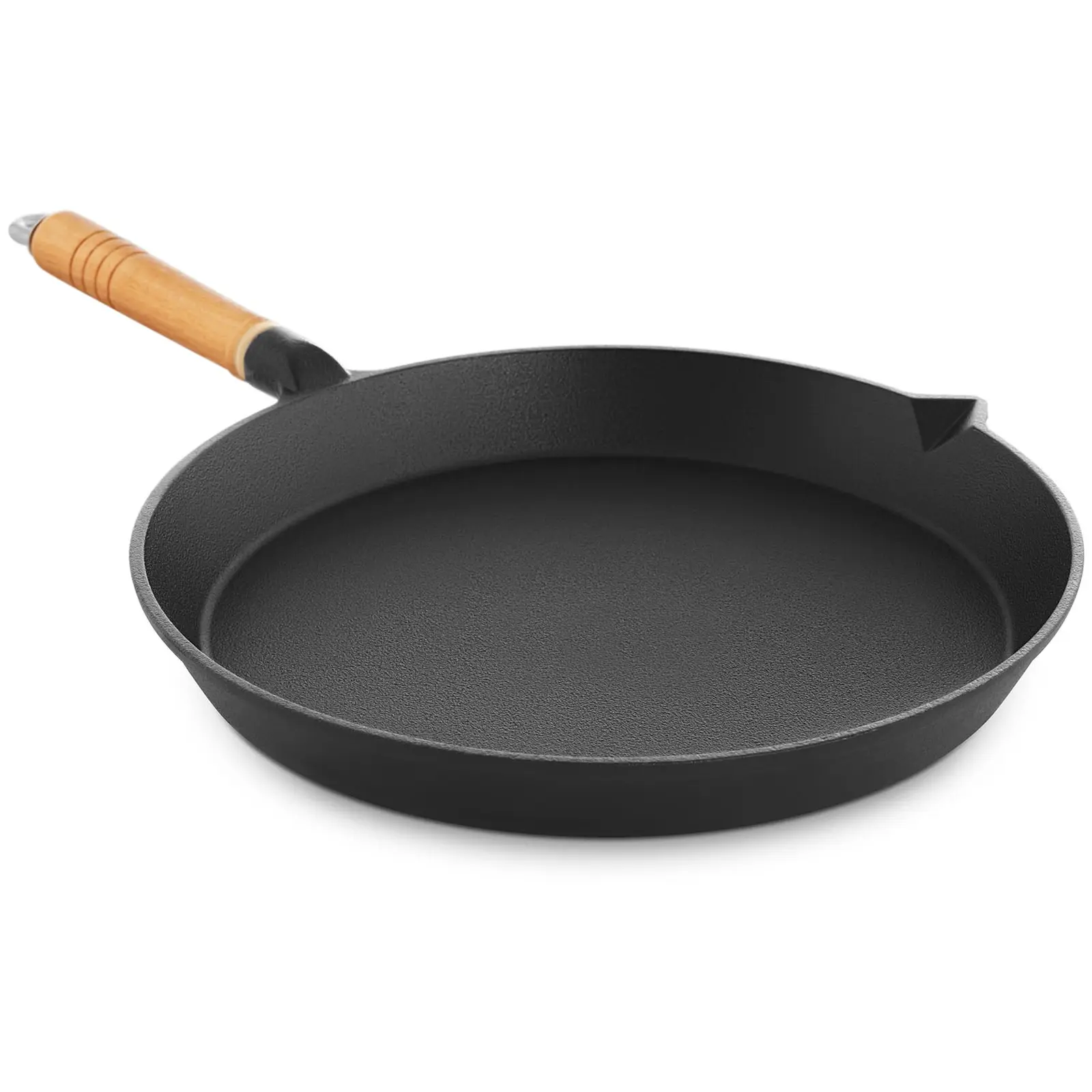
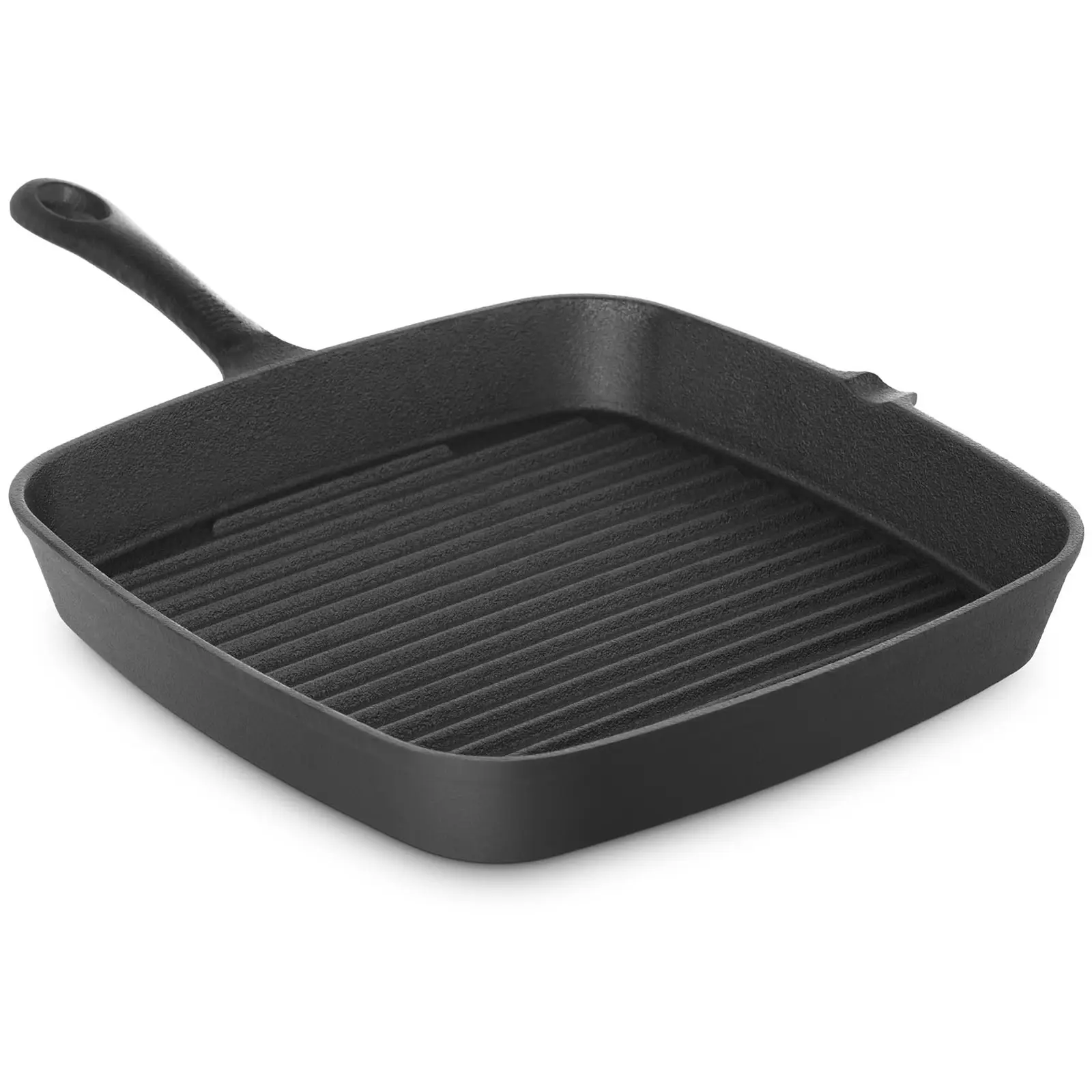
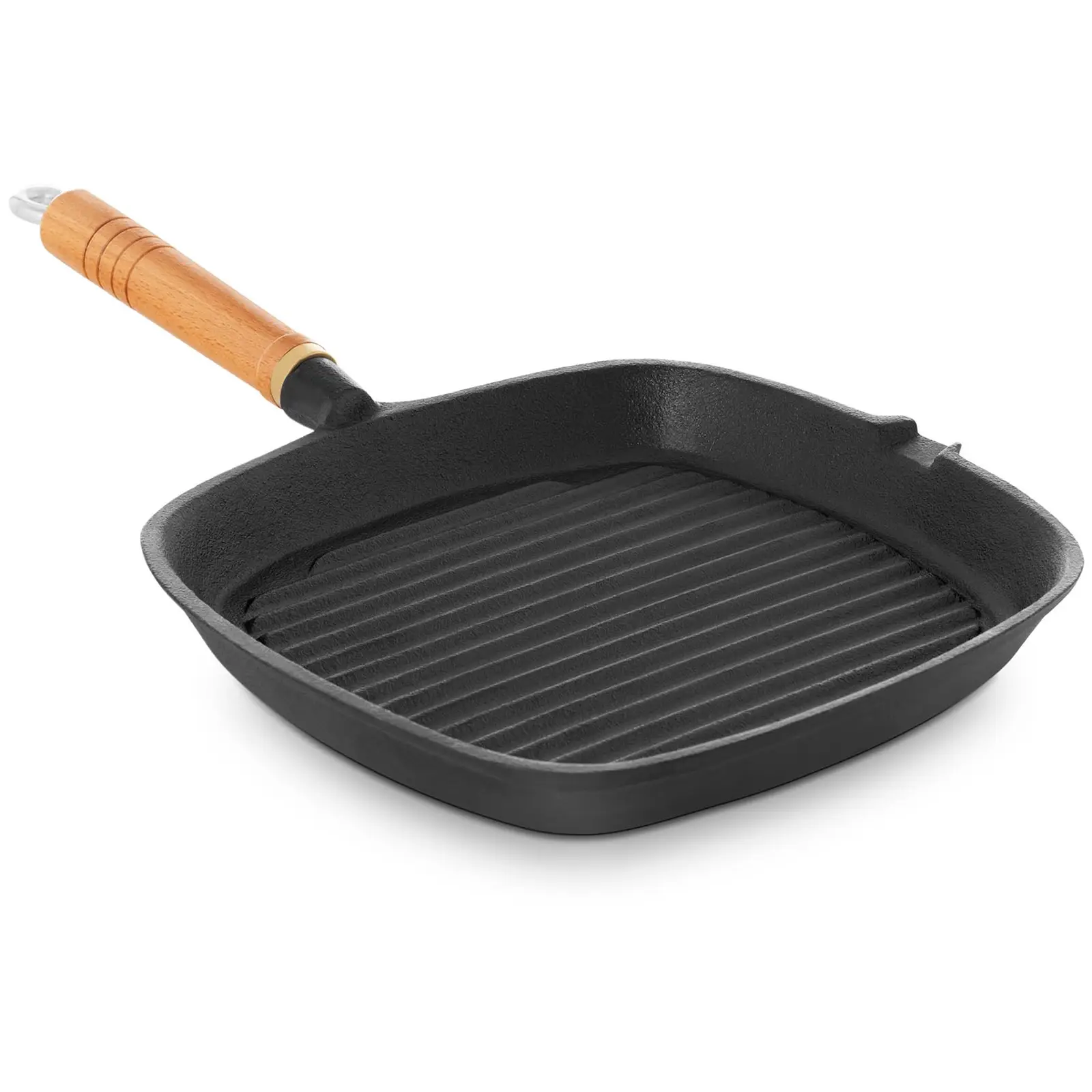
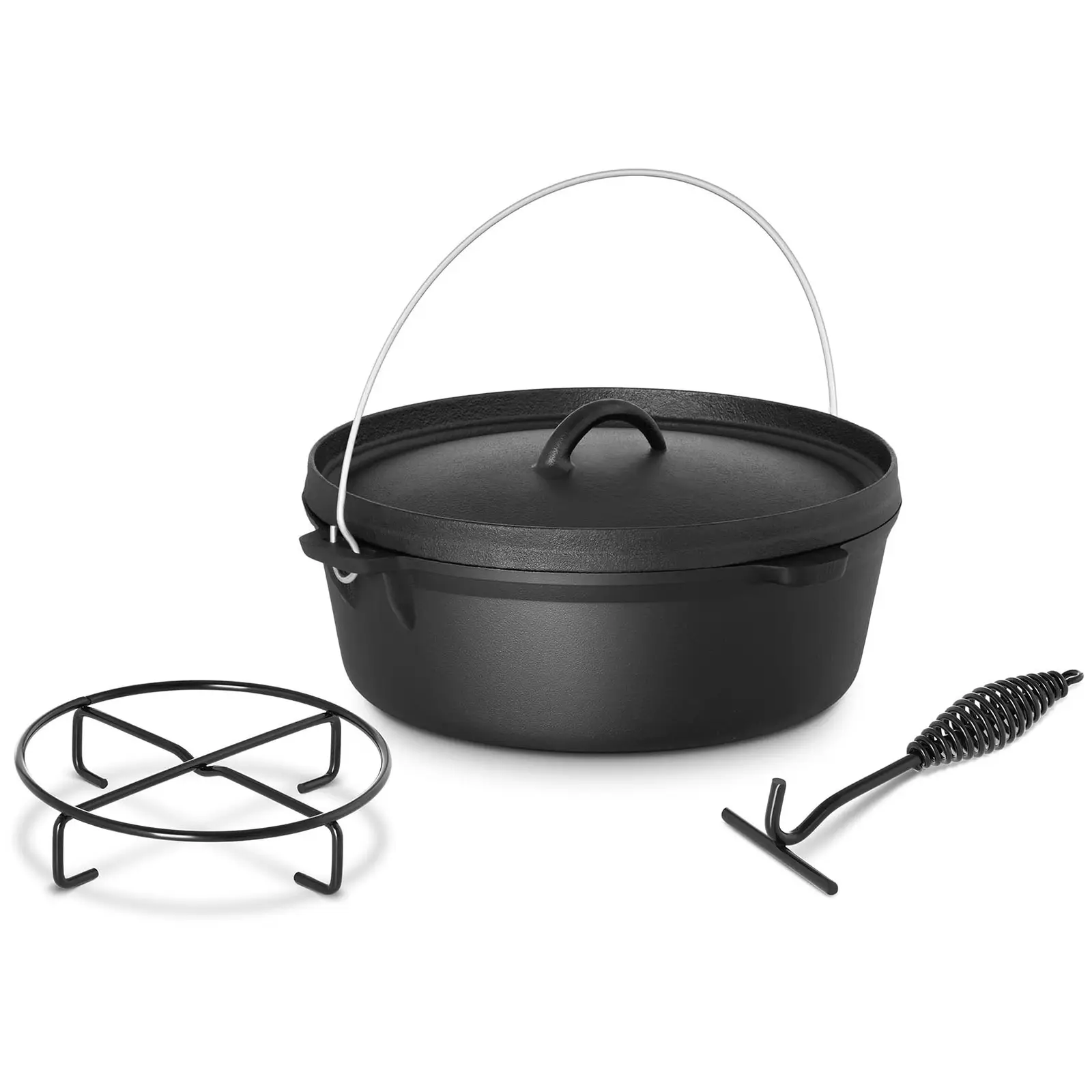

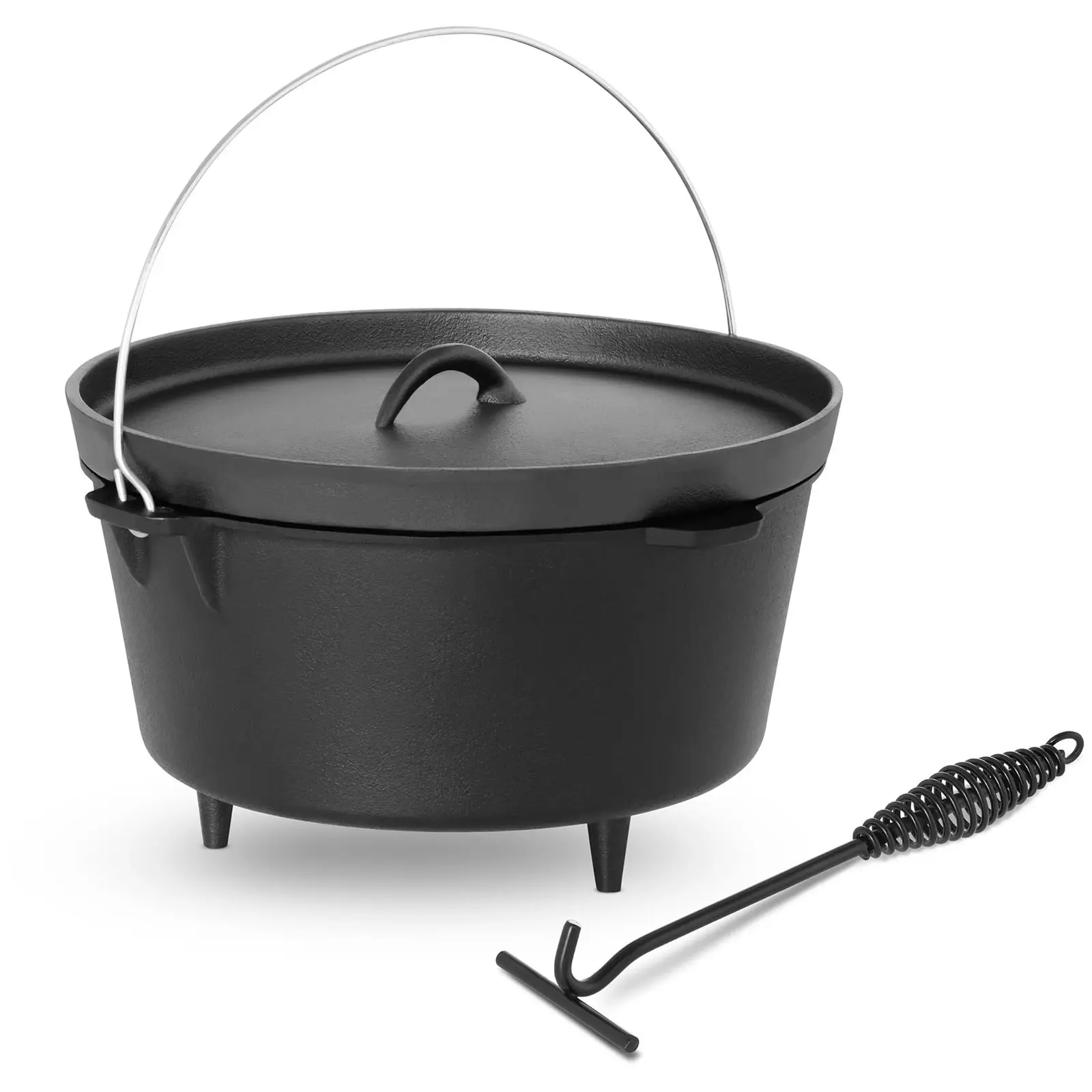
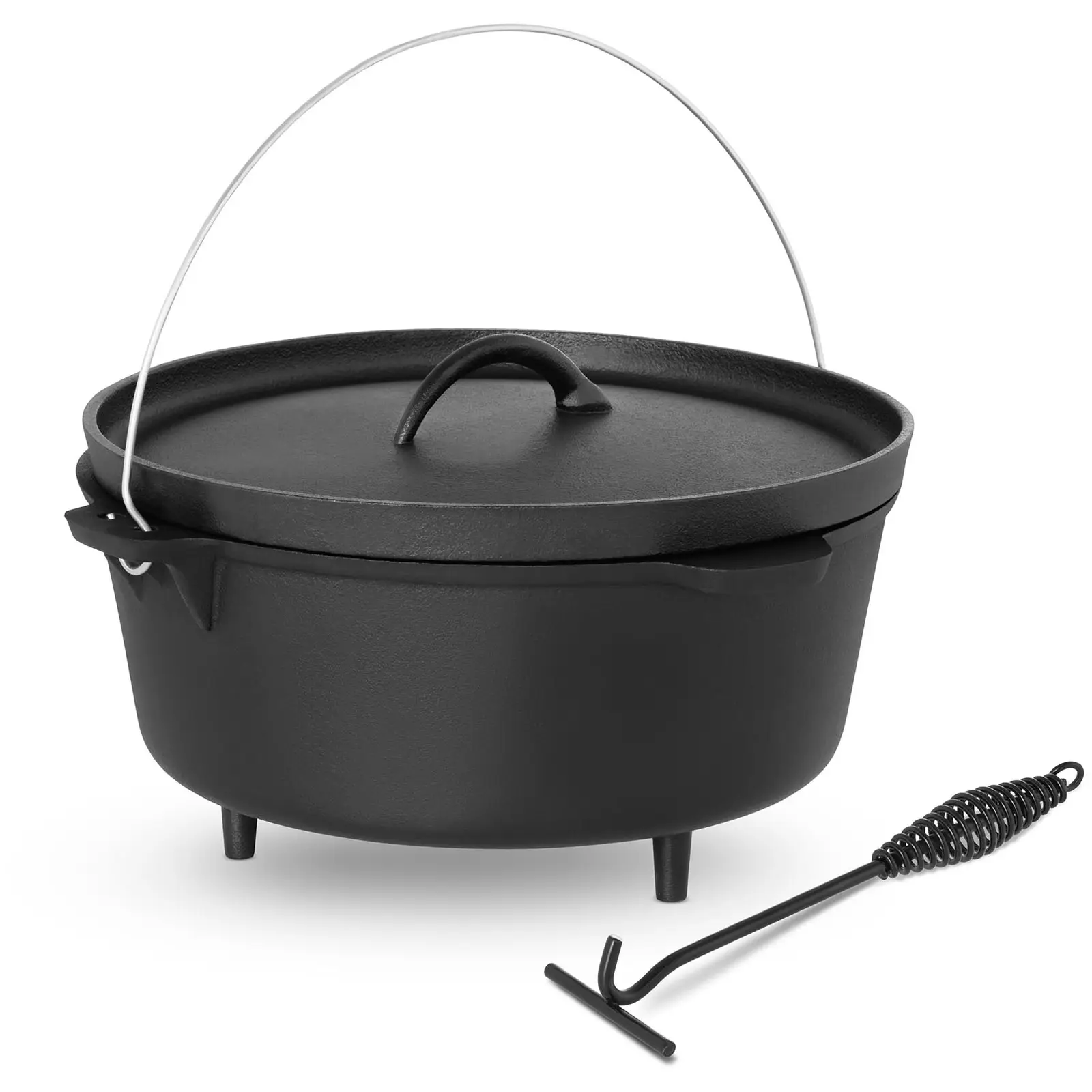
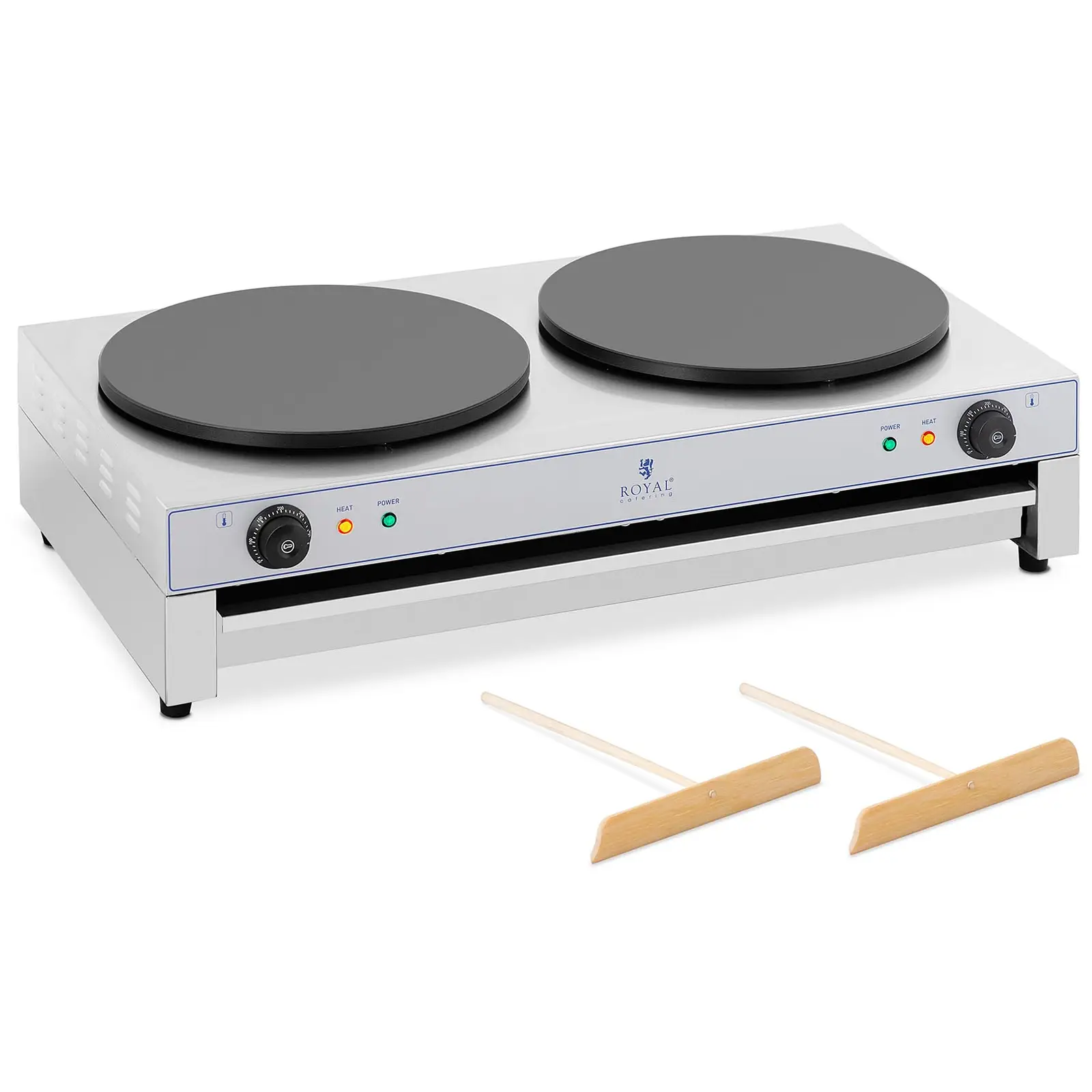
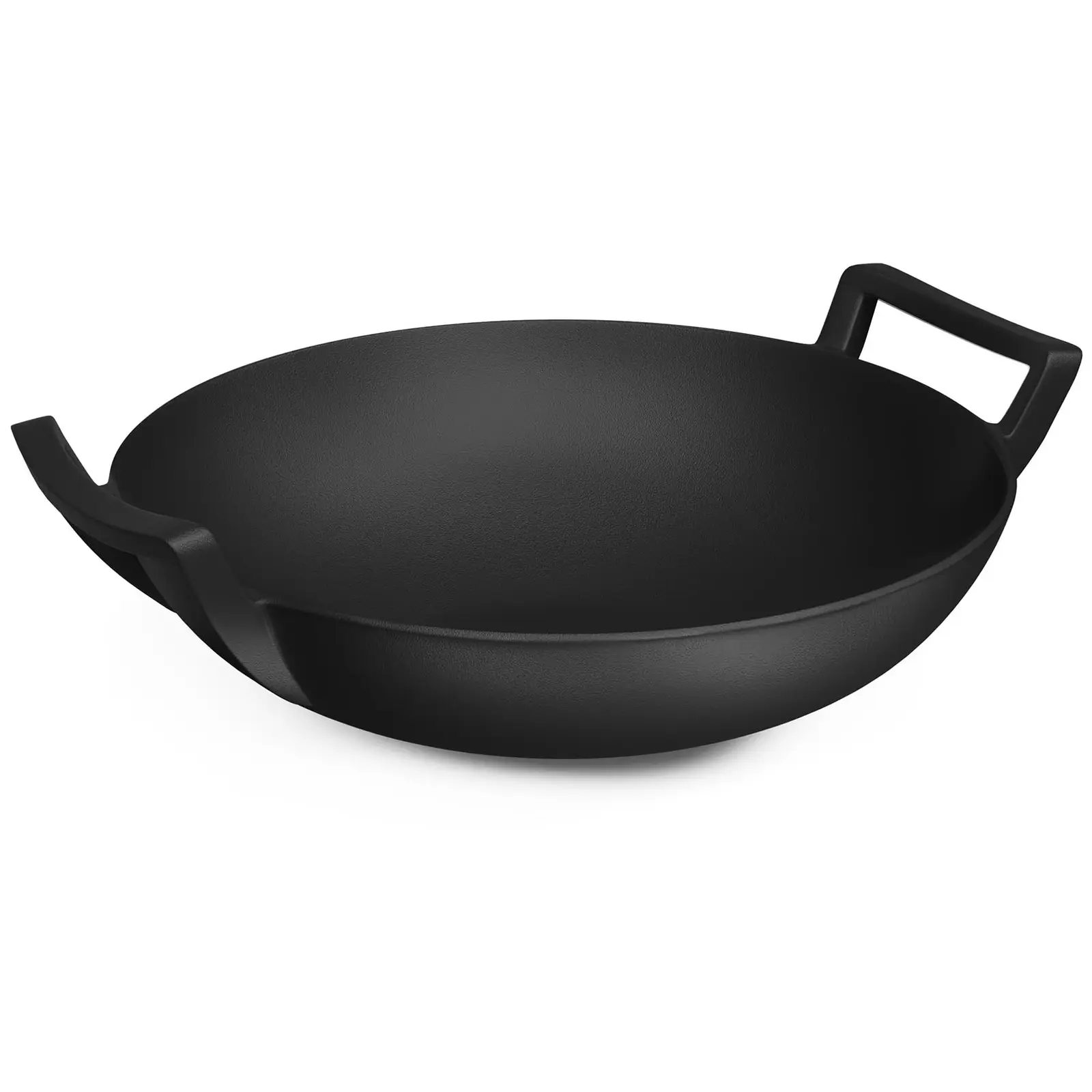





Share